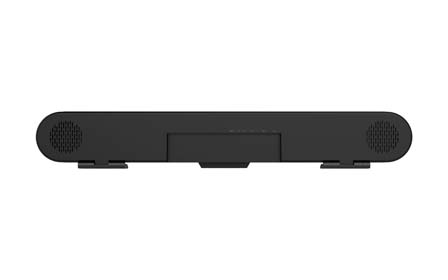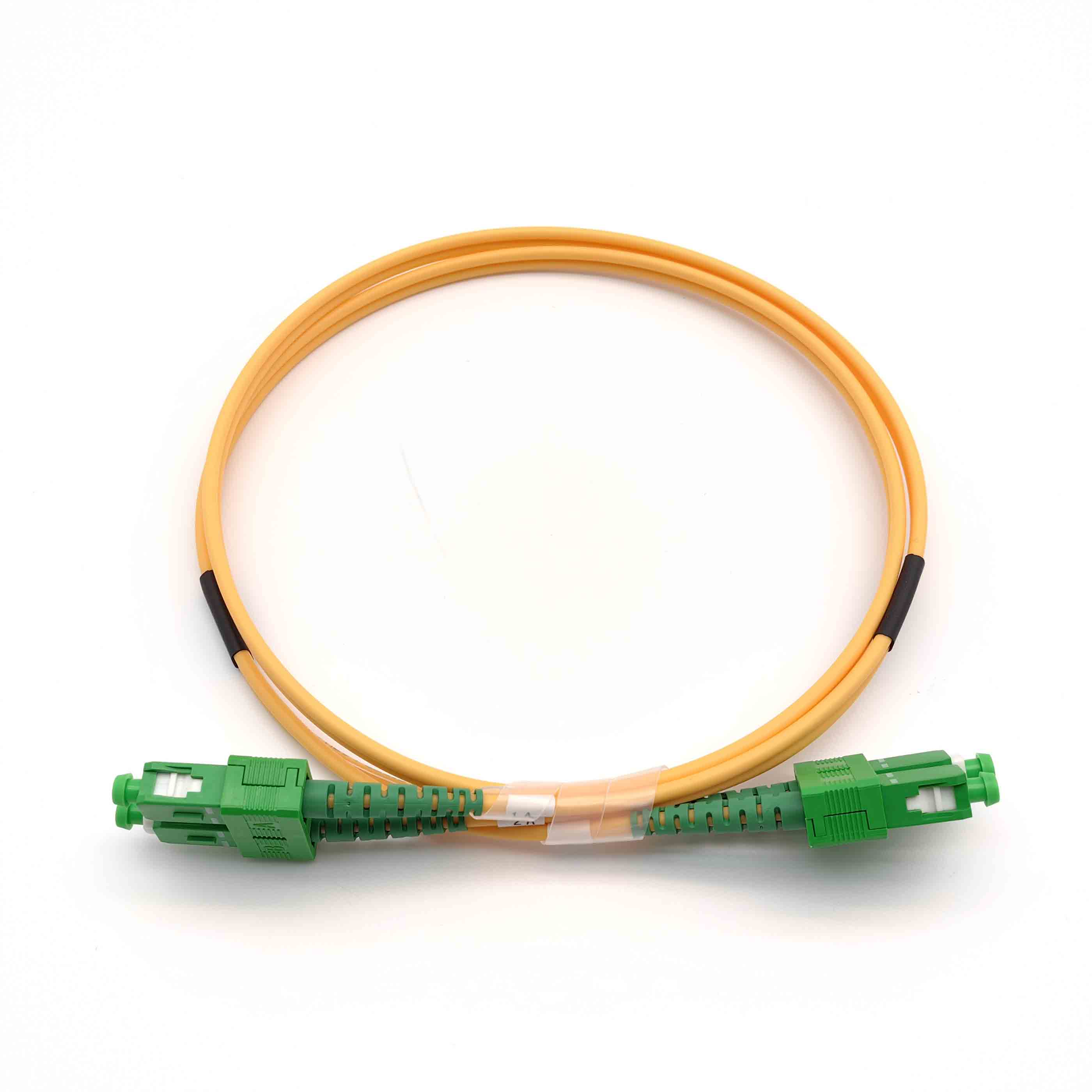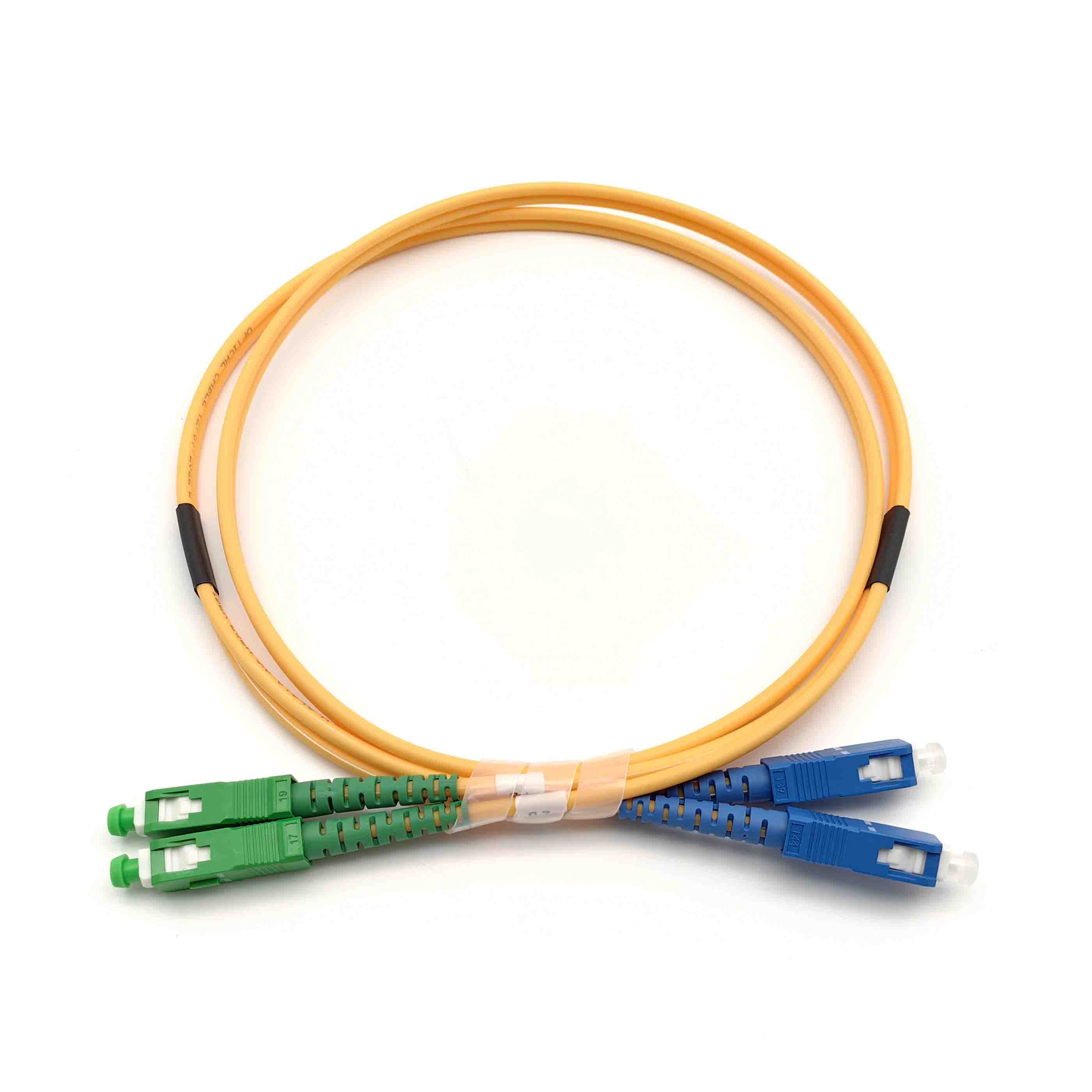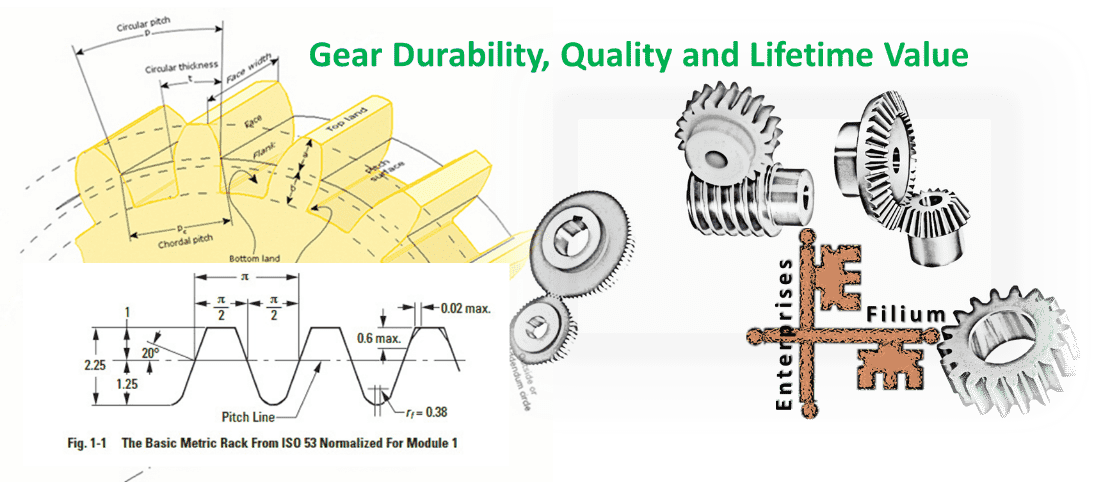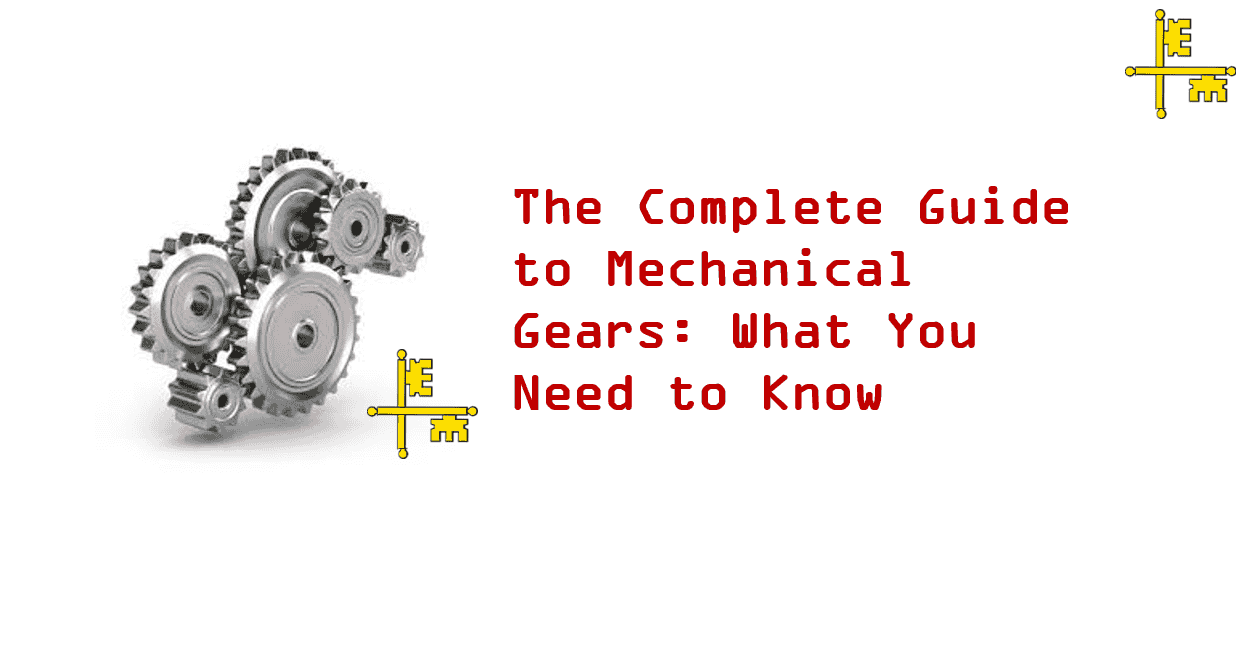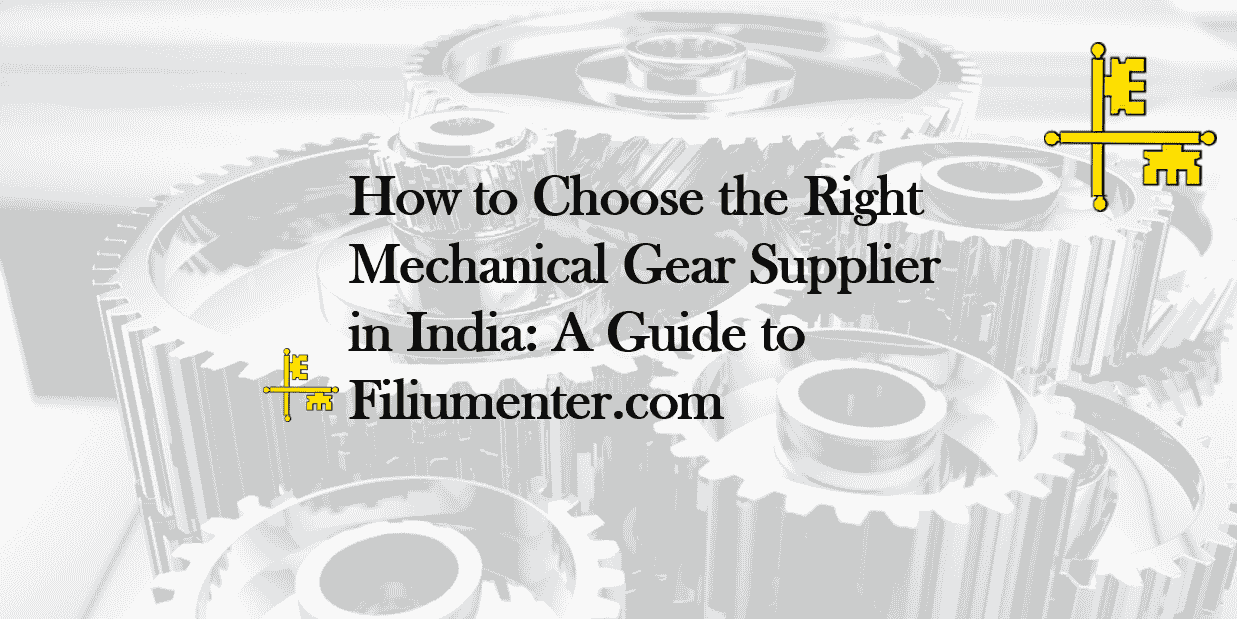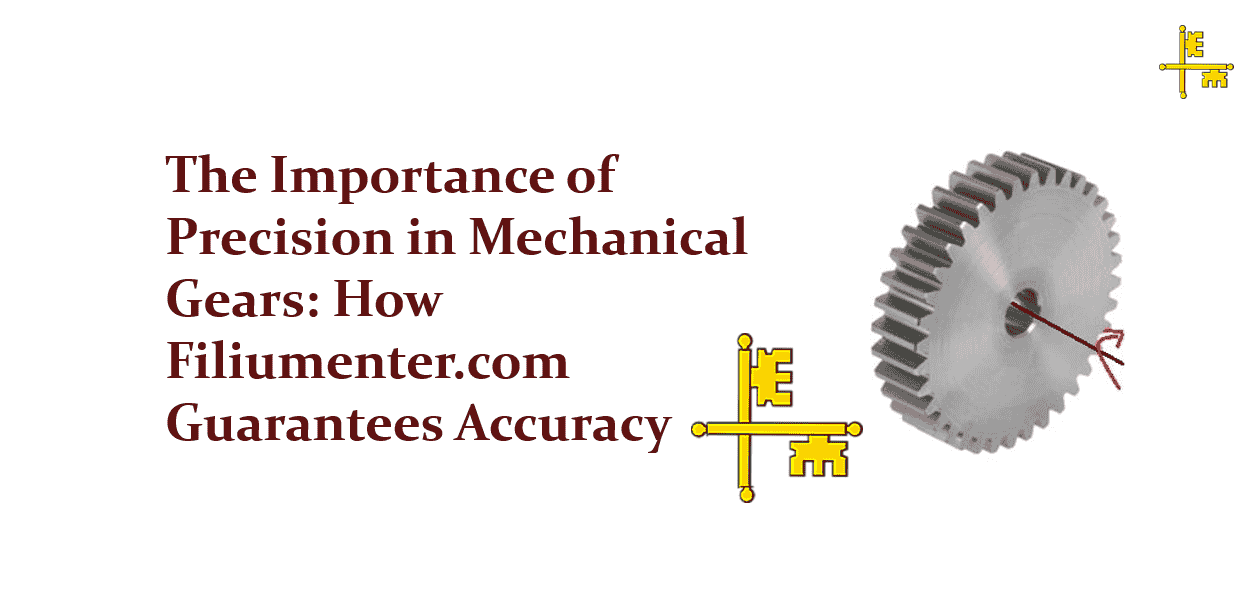Understanding the Role of Gears and Gearboxes in Automation Drives
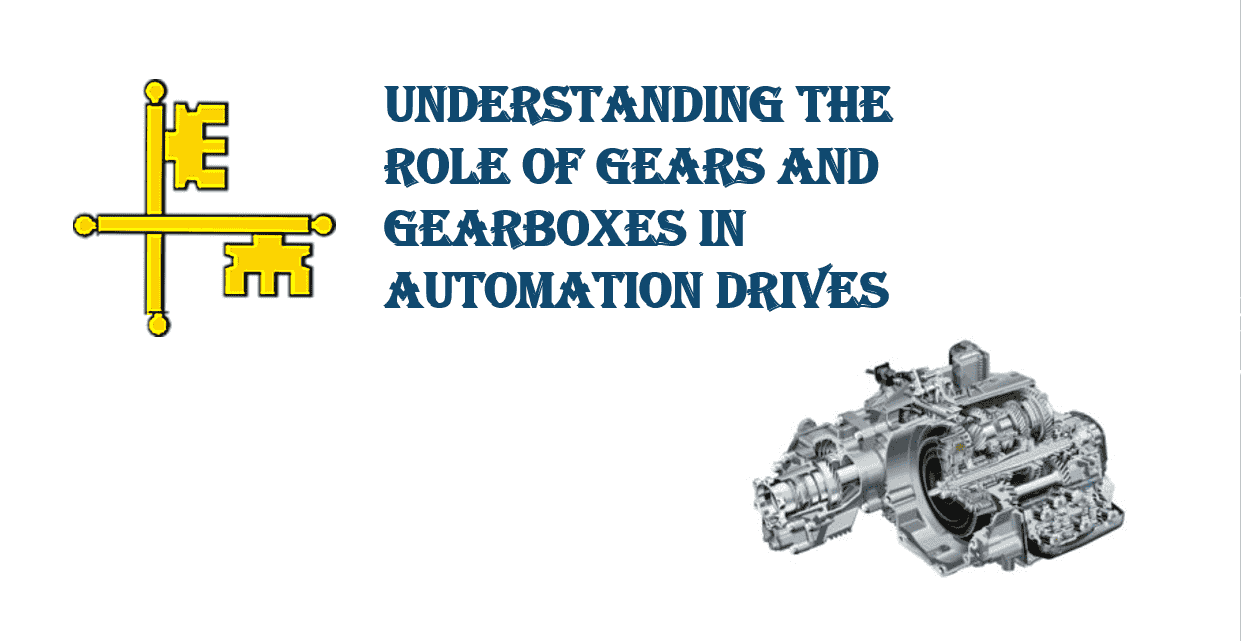
Understanding the Role of Gears and Gearboxes in Automation Drives
In the modern world of industrial automation, the efficient transfer of power and motion is paramount to achieving high performance and reliability. Gears and gearboxes are integral components of automation drives, ensuring that mechanical power is transmitted smoothly and accurately to the desired systems. Whether in manufacturing, robotics, or other automated processes, gears and gearboxes for automation play a pivotal role in enhancing operational efficiency, reducing wear, and optimizing speed.
Table of Contents
- Introduction
- The Importance of Gears in Automation Drives
- Understanding Gearboxes for Automation
- Key Benefits of Gears and Gearboxes in Automation Drives
- Integration of Gears and Gearboxes in Automation Drive Solutions
- Conclusion
The Importance of Gears in Automation Drives
Gears are mechanical components that use teeth to transmit motion and torque between machine parts. In automation drives, gears are essential because they allow systems to convert and manipulate input energy into precise output energy. This is crucial for a variety of applications, such as moving conveyor belts, robotic arms, or any system requiring synchronized motion.
One of the primary functions of gears in automation drives is to control the speed and direction of motion. Gears can be designed to either increase or reduce speed, depending on the requirements of the system. For example, in a robotic arm, precise control over speed and torque is necessary to achieve delicate movements. Without gears, achieving this level of precision and efficiency would be impossible.
Furthermore, gears in automation drives help in optimizing power consumption. They allow systems to use energy more effectively, reducing unnecessary energy losses. This leads to improved performance and cost savings, which are critical in large-scale automation environments where energy efficiency is a priority.
Understanding Gearboxes for Automation
A gearbox is a mechanical device that houses multiple gears, allowing for the change of speed and torque between two rotating shafts. Gearboxes for automation are designed to meet specific performance requirements, such as high torque, high efficiency, or space-saving solutions. These devices are indispensable in automating tasks that involve motion control, including assembly lines, packaging, and material handling.
The role of a gearbox in an automation drive is multifaceted. Gearboxes help in adjusting the output speed and torque to suit the needs of the machinery. They come in various configurations, such as planetary gearboxes, bevel gearboxes, and worm gearboxes, each offering unique benefits based on the application.
-
Planetary Gearboxes: These are popular in automation systems because of their compact design and ability to transmit high torque while maintaining efficiency. They offer precise movement and are often used in robotic arms and conveyors.
-
Bevel Gearboxes: Used when the driving shafts need to be positioned at an angle to each other. These are common in applications where space limitations require angular motion transfer.
-
Worm Gearboxes: Known for their ability to handle heavy loads and provide a significant reduction in speed. These are frequently used in applications that demand high torque output with minimal noise.
Key Benefits of Gears and Gearboxes in Automation Drives
-
Precision and Control
Automation systems require a high level of accuracy in motion control. Gears and gearboxes help achieve this by ensuring that the output speed and torque are consistently controlled. This is particularly important in applications like CNC machines, 3D printers, and robotic systems, where the precision of every movement is critical. -
Efficiency
Gearboxes help optimize the performance of automation drives by minimizing energy losses. By selecting the appropriate gear ratio and gearbox configuration, manufacturers can ensure that the system operates with minimal energy consumption, ultimately leading to lower operational costs. -
Flexibility in Design
The versatility of gears and gearboxes means that automation systems can be customized to meet specific needs. Whether the system requires high-speed movement, heavy load handling, or variable speed control, gearboxes can be designed to meet these requirements effectively. -
Durability and Reliability
Gearboxes for automation are built to last. They are designed to handle the stresses and strains of continuous operation, providing long-term reliability. This durability is especially important in industries that rely on automation for 24/7 operations, such as automotive manufacturing or food processing. -
Noise and Vibration Reduction
Noise and vibration can be significant concerns in industrial environments. Gearboxes with proper design and materials can help reduce these issues, contributing to quieter and smoother operations. This is beneficial not only for the machinery but also for the safety and comfort of operators working in proximity to automated systems.
Integration of Gears and Gearboxes in Automation Drive Solutions
The integration of gears and gearboxes into automation systems requires a deep understanding of the application and the performance demands of the drive. Automation drive solutions are often tailored to meet the unique needs of industries such as robotics, automotive, and material handling.
A well-designed automation drive solution considers several factors, including:
-
Torque and Load Requirements: The correct selection of gears and gearboxes ensures that the automation system can handle the required loads without failure.
-
Speed and Efficiency: Choosing the right gear ratios allows the system to achieve the desired speed while maintaining energy efficiency.
-
Compact Design: In many automation systems, space is limited. Gearboxes are designed to be compact yet capable of handling high loads and transmitting power efficiently.
By integrating gears and gearboxes into the overall design, engineers can create automation drive solutions that deliver optimal performance while addressing the specific challenges of the task at hand.
Future of Gears and Gearboxes in Automation
As automation technology continues to advance, the role of gears and gearboxes in automation drives will only grow more crucial. New materials, designs, and manufacturing techniques are improving the efficiency and durability of these components, allowing for more complex and demanding applications. Additionally, as industries seek more sustainable practices, gear systems are evolving to become even more energy-efficient and environmentally friendly.
In conclusion, gears and gearboxes are the unsung heroes of automation drives. Their ability to transmit power, control speed, and optimize torque makes them indispensable in modern automation systems. From robotic arms to assembly lines, gears and gearboxes for automation play a critical role in ensuring efficient, reliable, and precise operations. As technology continues to advance, the future of automation drive solutions will undoubtedly see further innovations in gear and gearbox design, pushing the boundaries of what automation can achieve.
Related Products
Here are some key statistics and facts that can enhance the article on "Understanding the Role of Gears and Gearboxes in Automation Drives":
-
Global Gearbox Market Growth:
The global gearbox market was valued at approximately $25.3 billion in 2020 and is expected to grow at a compound annual growth rate (CAGR) of 5.4% from 2021 to 2028. This growth is driven by increasing demand for automation in industries such as manufacturing, automotive, and robotics. (Source: Grand View Research) -
Automation Drives Market:
The automation drives market, which includes gears and gearboxes, was valued at around $18.5 billion in 2021 and is projected to reach $28.9 billion by 2030, growing at a CAGR of 5.2%. The increasing integration of automation systems in various industries like automotive, food processing, and packaging is a significant driver. (Source: Fortune Business Insights) -
Energy Efficiency:
Gearboxes in automation systems play a key role in improving energy efficiency. According to research, using high-efficiency gearboxes can reduce energy consumption by 10-20% compared to standard gear systems. This makes them essential for industries looking to reduce costs and environmental impact. (Source: European Union's Energy Efficiency Directive) -
Robotics and Gearboxes:
The robotics industry, which heavily relies on gears and gearboxes for precision motion control, is experiencing rapid growth. The global robotics market is expected to reach $74.1 billion by 2026, with automation drives playing a central role in enabling high-performance robotic systems. (Source: MarketsandMarkets) -
Planetary Gearboxes in Robotics:
Planetary gearboxes are widely used in robotic applications due to their compact design and high torque-to-size ratio. For example, robotic arms typically use planetary gearboxes because they can handle the high torque requirements while maintaining precise and smooth motion. These gearboxes can increase torque output by as much as 60% compared to standard designs. (Source: Robotics Trends) -
Bevel Gearboxes for Space Efficiency:
Bevel gearboxes, often used in applications where space is a constraint, are crucial for machines in confined environments. They are capable of transmitting power at right angles, providing a compact solution for systems in industries like automotive manufacturing, where space-saving is a priority. -
Reducing Mechanical Wear:
According to a study by the American Gear Manufacturers Association (AGMA), proper lubrication and the use of high-quality gears and gearboxes can reduce mechanical wear and tear by as much as 30%, increasing the lifespan of machinery and reducing maintenance costs in automation systems. -
Industrial Automation Growth:
The industrial automation market, which relies heavily on gears and gearboxes, is projected to grow at a CAGR of 9.4% from 2023 to 2028, reflecting the increasing adoption of automated systems in manufacturing, packaging, and other industrial processes. (Source: Mordor Intelligence)
